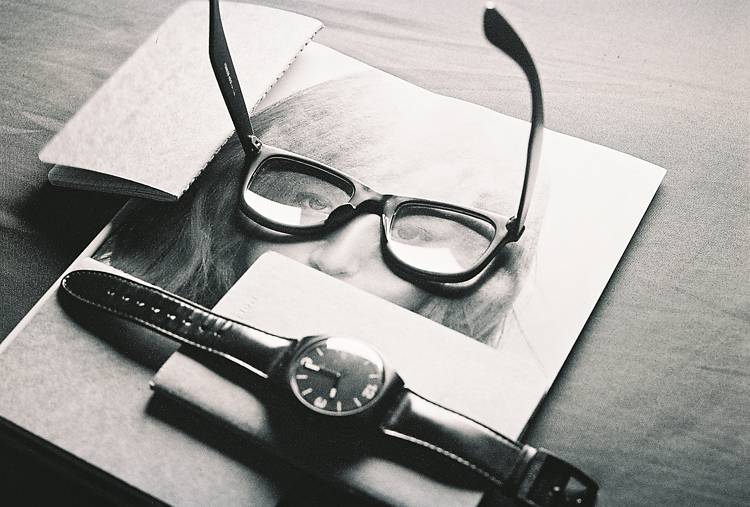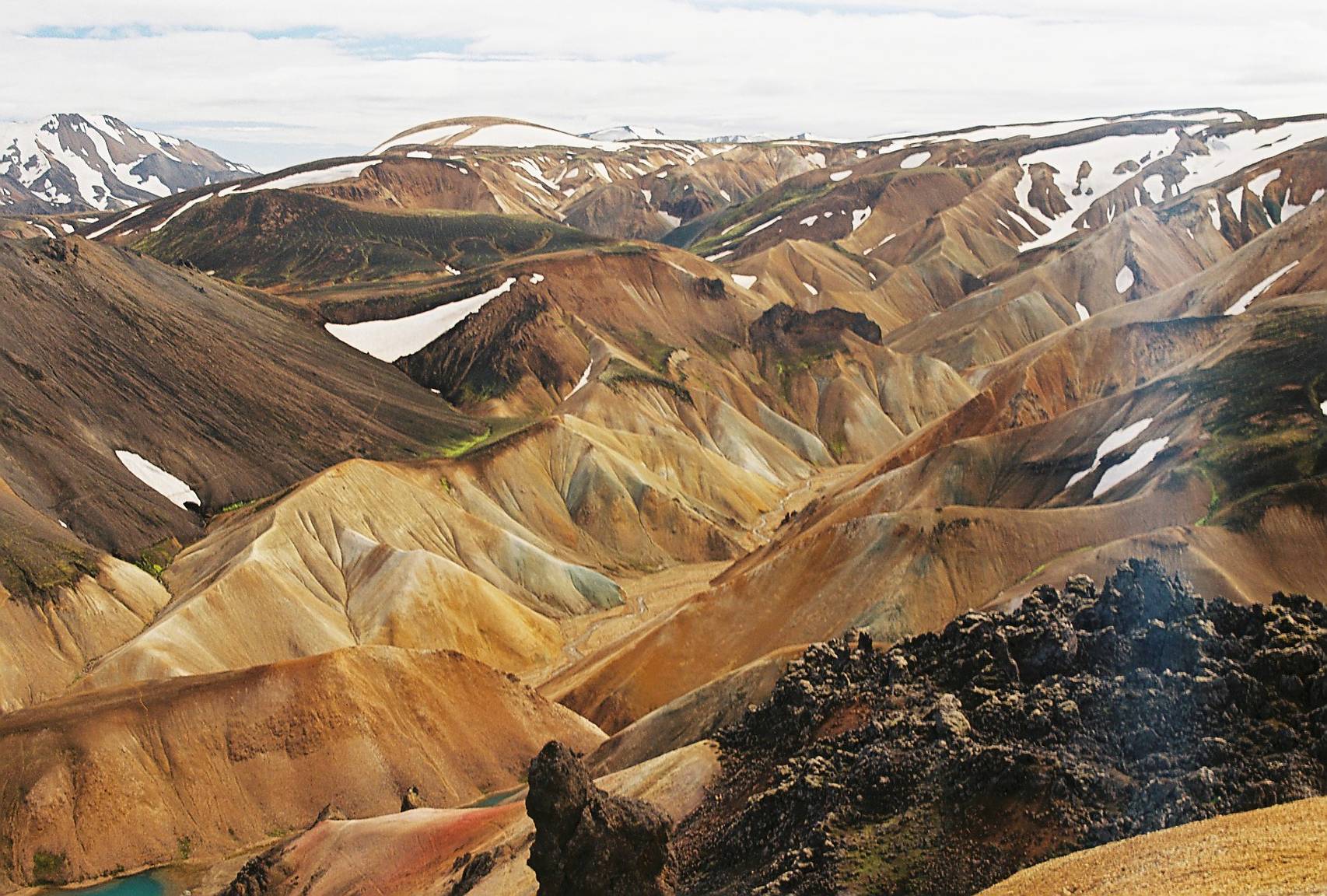Lomopedia: Nikon EM
15 Share TweetBack in the late 70s, you just don’t go and buy a Nikon camera, you go look for more affordable options from other manufacturers. The Japanese brand was more known during the time for their higher end SLR cameras that catered to the professional market and this meant that their overbuilt and well-designed cameras were too expensive (and intimidating) for most amateurs. The competition was fierce during that time and the professional market was already saturated and this prodded Nikon to take a look at the amateur category. They saw an opportunity, took it, and the Nikon EM was born.

This camera was Nikon’s smallest and most affordable SLR. It also became the base of the brand’s new line of SLR cameras. Nikon was aiming for the larger amateur market so they knew that they had to make the camera more appealing both to their possible buyers and their respective budget. Unnecessary advanced features were shaved off, styling was tamed, and complicated mechanisms were also toned down to create a camera that was also a learning tool.
The Nikon EM was an electromechanically-controlled manual focus SLR powered by two S76/A76 cells or one 1/3N battery. Since it was made for amateur photographers, it was lighter (thanks to its polycarbonate top and bottom covers and copper aluminum alloy body), less bulky, and was far simpler to use. It had aperture priority, semi-automatic exposure control powered by a 60/40 center weighted silicon light meter and a viewfinder that had a needle that indicated the exposure on a shutter speed scale.

Nikon saved the premium features for their expensive cameras but the EM had a rare and useful feature — it had a backup ability that allowed the photographer to use it without batteries. The EM would go into the backup mode by having a completely manual mechanical control, limited shutter speeds of 1/90 second, and zero use of the built-in light meter. It isn’t recommended to always use this function when shooting regularly but it’s indeed comforting to know that the camera has your back when the need arises.
The EM was also given quite a moniker inside the company. They called it “the Nikon for women” due to its styling (the exterior was said to be sculpted by Italian automobile designer Giorgetto Giugiaro who also happened to be stylist behind the DeLorean and 10 other Nikon cameras), ease of use, convenience, and relatively lower cost.
Given the lower cost of the Nikon EM, it wouldn’t come as a surprise if it was unreliable and prone to breaking. However, the “little SLR that could” proved to be a dependable 35 mm shooter, just like its other cousins at the Nikon production line. It was also able to accept a range of good Nikon lenses thanks to its bayonet mount system. This just proves that being the smaller and cheaper camera doesn’t always translate to being the least functional.
Photos Taken by Our Community Members
Technical Specifications
Type: 35 mm single-lens reflex, aperture-priority automatic
Picture Format: 35 mm (24 mm × 36 mm film size)
Lens Mount: Nikon bayonet type
Lenses Usable: Nikon Series E 50 mm f/1.8 as Standard; other Series E lenses; AI-type Nikkor lenses and others
Shutter: Electronically controlled, vertical-travel, metal focal-plane shutter; speeds from 1 sec. to 1/1000 sec. When shutter operation mode selector is set to AUTO; 1/90 sec. Mechanical shutter speed when set to M90; B setting also provided for long exposures
Film Advance: Film winding lever provided; completed stroke of 144 degrees simultaneously advances film, cocks the shutter and operates frame counter, choice of one continuous stroke or series of shorter strokes
Viewfinder: Fixed eye-level pentaprism full-aperture viewing type with built-in TTL exposure meter; shutter speed scale and exposure needle visible inside; ready-light lights up when SB-E or SB-10 Speedlight is in use; the center of scale’s bracket indicates 1/90 sec.; finder coverage approx. 92% of picture field; 0.86X magnification with 50 mm lens set at infinity
Focusing Screen: Fixed-type Nikon “K” screen; comprises matte fresnel field with central split-image rangefinder spot surrounded by a microprism ring and 12 mm diameter reference circle which denotes the area of center-weighted metering
Reflex Mirror Self-timer: Instant-return, non-lockable type
Exposure Measurement: TTL center-weighted exposure metering at full aperture; meter incorporates one silicon photodiode (SPD)
Metering Range: EV 2 to EV 18 (i.e. f/2 at 1 sec. To f/16 at 1/1000 sec. At ASA 100 and with 50 mm f/1.8 lens)
Exposure Signal: “Beep-beep” warning sound activated when the shutter release button is pressed to fingerguard position if matching shutter speed for lens aperture set is approx. 1/30 sec and below, or approx. 1/1000 sec and above
Exposure Compensation: Approx. +2 EV when exposure compensation is kept depressed as shutter release button is pressed
Meter Power Source: Two 1.5V silver-oxide batteries (S-76 type)
Meter ON/OFF Switch: Meter switched on when the shutter release button is pressed; stays switched on for several seconds after the finger is lifted off button
Battery Power Checker: LED lamp lights up to indicate sufficient power availability when the power check button is pressed
Film Speed Range: ASA 25-1600
Frame Counter: Shows number of frames exposed; automatically resets to “S” when camera back is opened; automatic operation starts from frame 1
Film Rewind: Manual; film rewind crank rotated after film rewind button is depressed
Flash Synchronization: Built-in ISO-type hot-shoe; automatic flash sync at 1/90 sec with SB-E Speedlight Unit which activates camera’s ready-light when flash operation is ready; ready-light “blinks” to signal incorrect ASA/aperture combination; M90 shutter operation mode selector setting used with other electronic flash units, providing flash sync at 1/90 sec, bulb-type units not usable
Motor Drive Coupling: Electrical contact and coupler built-in for operation with MD-E Motor Drive
Camera Back: Swings open when film rewind knob is pulled up; the memo holder provided
Body Finish: Black
Accessories Provided: Camera body cap, triangular grommets for the neck strap, and two 1.5V silver-oxide batteries
Dimensions: 135 mm (W) × 86 mm (H) × 54 mm (D)
Weight: 460 g (body only)
All information used in this article was sourced from Nikonians, Mir, Wikipedia, and Butkus Camera Manuals.
escrito por cheeo el 2018-10-04 #equipo #lomopedia #slr #nikon-em #35-mm #amateur #beginner #lomopedia























Ningún Comentario